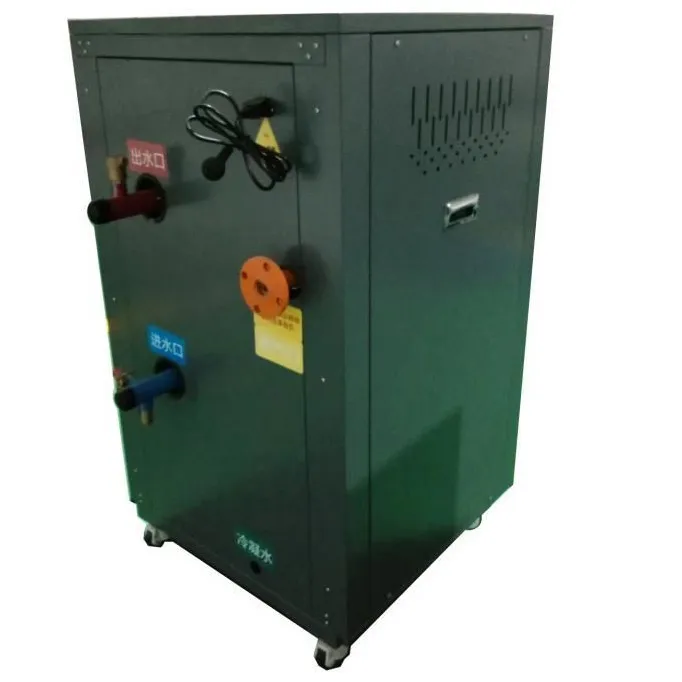- Afrikaans
- Albanian
- Amharic
- Arabic
- Armenian
- Azerbaijani
- Basque
- Belarusian
- Bengali
- Bosnian
- Bulgarian
- Catalan
- Cebuano
- China
- China (Taiwan)
- Corsican
- Croatian
- Czech
- Danish
- Dutch
- English
- Esperanto
- Estonian
- Finnish
- French
- Frisian
- Galician
- Georgian
- German
- Greek
- Gujarati
- Haitian Creole
- hausa
- hawaiian
- Hebrew
- Hindi
- Miao
- Hungarian
- Icelandic
- igbo
- Indonesian
- irish
- Italian
- Japanese
- Javanese
- Kannada
- kazakh
- Khmer
- Rwandese
- Korean
- Kurdish
- Kyrgyz
- Lao
- Latin
- Latvian
- Lithuanian
- Luxembourgish
- Macedonian
- Malgashi
- Malay
- Malayalam
- Maltese
- Maori
- Marathi
- Mongolian
- Myanmar
- Nepali
- Norwegian
- Norwegian
- Occitan
- Pashto
- Persian
- Polish
- Portuguese
- Punjabi
- Romanian
- Russian
- Samoan
- Scottish Gaelic
- Serbian
- Sesotho
- Shona
- Sindhi
- Sinhala
- Slovak
- Slovenian
- Somali
- Spanish
- Sundanese
- Swahili
- Swedish
- Tagalog
- Tajik
- Tamil
- Tatar
- Telugu
- Thai
- Turkish
- Turkmen
- Ukrainian
- Urdu
- Uighur
- Uzbek
- Vietnamese
- Welsh
- Bantu
- Yiddish
- Yoruba
- Zulu
Jul . 31, 2024 03:25 Back to list
Exploring the Efficiency and Design Aspects of Tube and Plate Heat Exchangers in Industrial Applications
Tube and Plate Heat Exchangers An Overview
Heat exchangers are essential devices in various industrial applications, designed to efficiently transfer heat between two or more fluids. Two of the most commonly used types of heat exchangers are tube heat exchangers and plate heat exchangers. Both serve the same fundamental purpose but do so in significantly different ways, each with its unique advantages and disadvantages. This article offers an overview of these two types of heat exchangers, comparing their designs, applications, efficiency, and operational parameters.
Tube Heat Exchangers
Tube heat exchangers consist of a series of tubes through which one fluid flows, while another fluid flows around the tubes, allowing heat to transfer between them. The design can vary, but commonly, the tubes are arranged in a shell and tube configuration. This type of exchanger is highly effective in applications where high-pressure and high-temperature fluids are involved, making them ideal for petrochemical processes, power generation, and HVAC systems.
The advantages of tube heat exchangers include their robustness and durability, due to their construction, which is capable of withstanding high pressures and temperatures. Furthermore, they are relatively easy to clean and maintain, as the tubes can be individually accessed. However, they also have limitations. They tend to occupy more space than plate heat exchangers and may have a lower heat transfer efficiency, particularly when dealing with fluids that have lower heat transfer coefficients.
Plate Heat Exchangers
tube and plate heat exchanger

On the other hand, plate heat exchangers consist of multiple thin plates stacked together, creating a series of channels for the fluids to flow through. The fluids typically flow in alternating channels, allowing for efficient heat transfer between them. This design maximizes the surface area available for heat exchange, making plate heat exchangers highly efficient in transferring heat even at lower flow rates.
The primary advantage of plate heat exchangers lies in their efficiency and compactness. They require significantly less space than tube heat exchangers and can achieve higher heat transfer rates due to the increased surface area and turbulent flow created by the plates. Additionally, they are easier to modify, allowing for changes in capacity by simply adding or removing plates. However, they are more susceptible to fouling and require regular maintenance. They may not perform well under high-pressure applications compared to tube exchangers.
Applications
In terms of applications, tube heat exchangers are commonly used in industries such as oil and gas, chemical processing, and power plants, where high temperatures and pressures are a standard requirement. They are favored in situations where durability is critical. Conversely, plate heat exchangers find extensive use in food and beverage, pharmaceutical, and HVAC industries, where space constraints and high efficiency are paramount.
Conclusion
In conclusion, both tube and plate heat exchangers serve crucial roles in industrial heat transfer processes. The choice between them largely depends on the specific application, operating conditions, and design requirements. Tube heat exchangers excel in high-pressure scenarios, while plate heat exchangers dominate in efficiency and space-saving designs. Understanding the differences and advantages of each type can help engineers and professionals make informed decisions to optimize heat exchange processes in their respective fields.
-
Premium Cast Iron Water Main Pipe: Durable, Corrosion-Resistant
NewsAug.03,2025
-
Durable Cast Iron Water Mains | AI-Optimized Systems
NewsAug.02,2025
-
High-Efficiency Propane Boiler for Baseboard Heat | Save Energy
NewsAug.01,2025
-
Premium Source Suppliers for Various Gray Iron Castings
NewsJul.31,2025
-
Durable Cast Iron Water Main Pipes | Long-Lasting
NewsJul.31,2025
-
High-Quality Cast Iron Water Main Pipe for Durable Infrastructure
NewsJul.30,2025


